
You probably don’t think twice about stoplights—red means stop, green means go, end of story. However, scientists say our familiar trio might actually be outdated. They’re proposing a bold fourth color that could completely change how traffic flows. Curious what it is and why experts think it’s the future of driving? Stick around, this rundown might just make you see intersections in a whole new light.
White Phase Traffic Signal
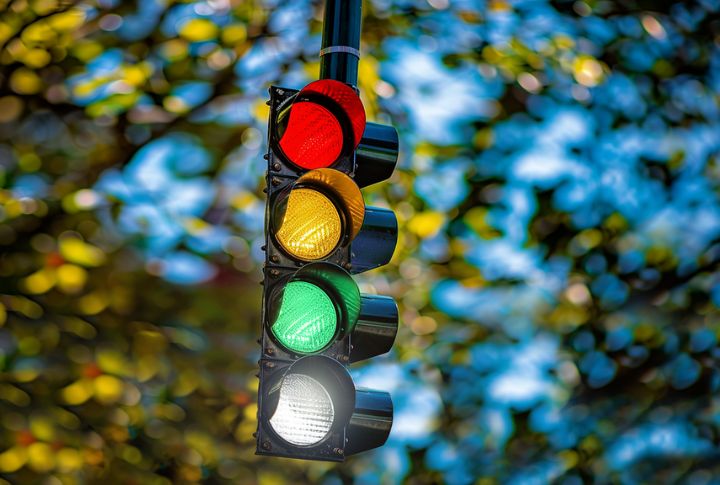
Researchers at North Carolina State University proposed adding a “white phase” to traditional traffic lights—a signal that activates when enough self-driving cars are present. These vehicles communicate wirelessly using V2V and V2I technology, sharing speed and direction data to coordinate movement. Human drivers simply follow the flow when the white light appears.
Human Driver Behavior During White Phase

So what happens to regular drivers when this white phase shows up? Turns out, not much needs to change. When the white light appears, people are told to simply follow the car in front of them. No new rules or special training required.
Simulation-Based Validation
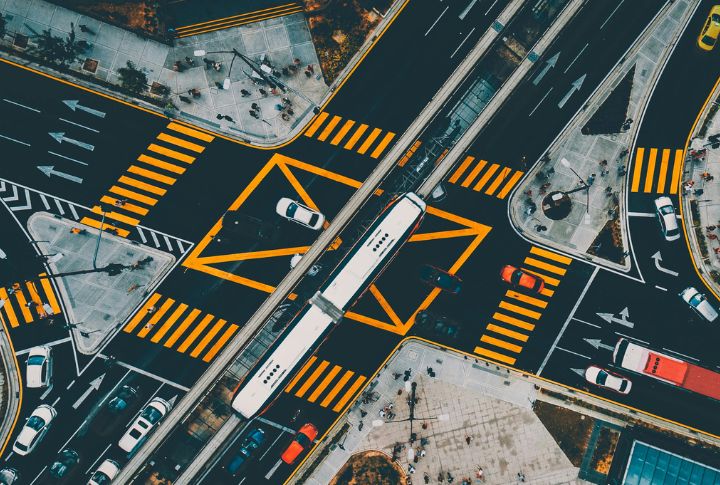
In 2023, researchers at NC State ran detailed traffic simulations to test the idea for a fourth “white” light phase. Using advanced modeling tools, they compared intersections with and without the new phase under different mixes of self-driving and human-driven cars.
Wait Time Reduction
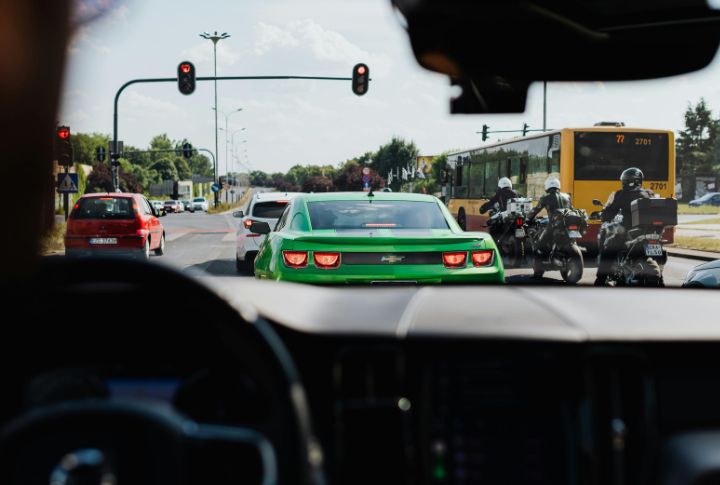
Nobody likes sitting at red lights forever, and this new system could finally fix that. Simulations show adding a white phase can cut waiting time at intersections by anywhere from 3% to an incredible 94%, depending on how many self-driving cars are on the road.
Emissions And Fuel Use

Better traffic flow means fewer starts and stops, and that’s good news for the planet. Although exact numbers on emissions and fuel savings aren’t out yet, researchers agree that the potential is huge. As intersections clear faster, cars spend less time idling, which naturally means less fuel burned and cleaner air overall.
Smoother Traffic Flow

One of the coolest parts of the white phase is how it makes driving feel smoother. Simulations show it reduces those jerky stop-and-go moments we all hate. It works in both mixed traffic (humans and self-driving cars together) and full AV scenarios.
Safety Improvements

Safety is always a top priority, and this new system might give it a boost, too. By letting autonomous vehicles coordinate the timing at intersections, there’s less chance for human error or risky moves. While direct safety stats haven’t been confirmed yet, early results point toward calmer, safer roads overall.
Minimal Infrastructure Changes

Are you worried this upgrade means tearing up every intersection? Well, not at all. Experts say adding a white phase could be surprisingly easy. Most systems could be updated by adding a single new bulb and tweaking the software. It’s an innovative idea that works with what we already have.
Distributed Control Paradigm
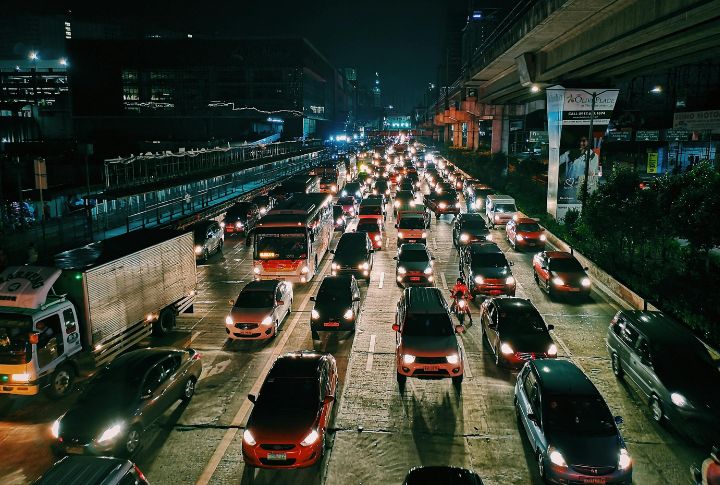
Instead of relying on one central system, autonomous vehicles would take over as “mobile controllers.” Each car communicates and negotiates timing with others to decide when to go or stop. It’s a decentralized approach that keeps traffic moving without the need for a giant control center.
Mixed Traffic Compatibility
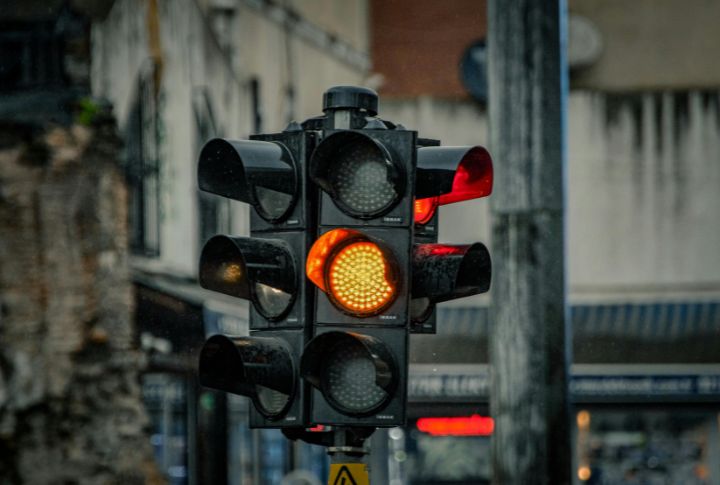
The best part about the white phase is how well it works with both regular and self-driving cars. When there aren’t enough autonomous vehicles, the system simply reverts to standard red, yellow, and green signals. It’s built to handle today’s traffic and tomorrow’s, adapting smoothly as AVs become more common.

